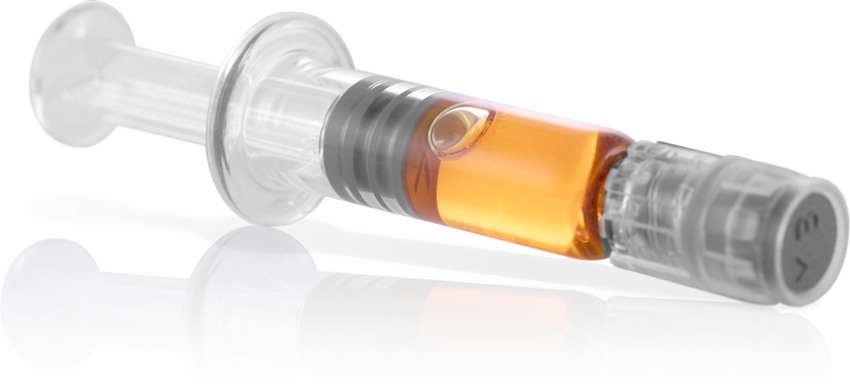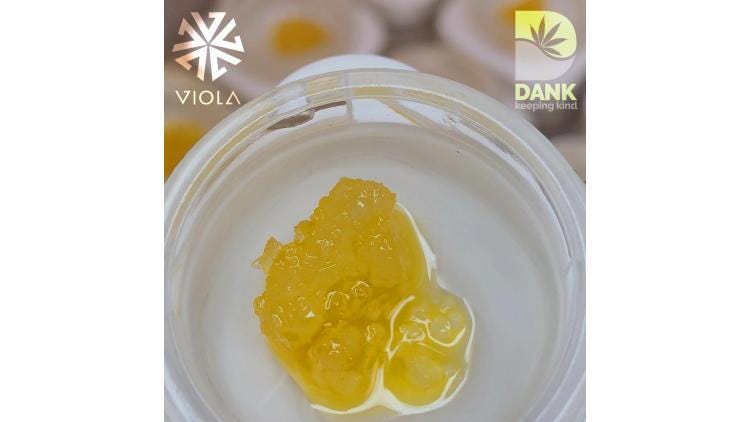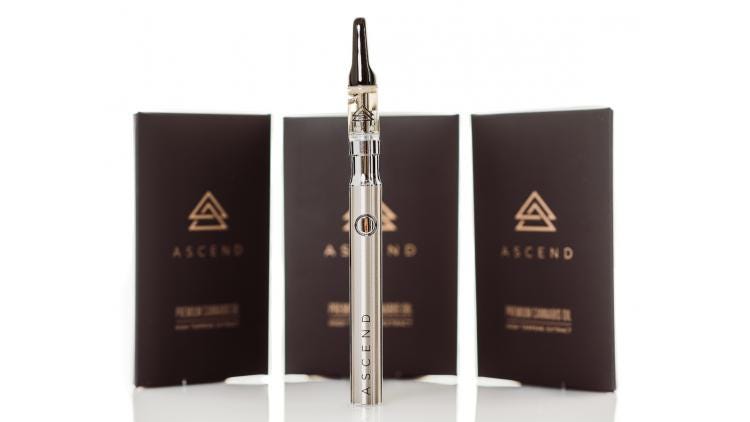
“As vape manufacturers and legislators react to the recent outbreak of lung ailments, connected packaging and identification solutions could help reassure consumers by educating them and authenticating products before they buy,” says packaging design and branding expert Tom Newmaster.
Here’s a fun quote from USA Today: “Vaping is big business but it’s still early enough to snuff it out.” If that’s true, couldn’t the same be said for cannabis?
After all, cannabis legislation is still rolling out state-by-state, and regulations change accordingly. Both businesses represent a tempting “revenue” stream for politicians, but with the recent respiratory distress—and deaths—from vaping, it bears a closer look. This is especially concerning for packagers who will need to be on top of all the new warnings that will, no doubt, have to go on the pack.
Where things stand with vaping
In 2018, a study by the American Lung Assn. found that “using e-cigarettes causes health risks.” Two chemicals found in e-cigarettes were named as toxic; propylene glycol and vegetable glycerin. The more of these chemicals found in e-liquids, the more toxic. The Food and Drug Administration “has not found any e-cigarette to be safe and effective in helping smokers quit.”
It’s one year later, and the above is proving to be prescient. Just recently, the Centers for Disease Control (CDC) posted this on the vaping crisis: “We are in desperate need of facts.” Here’s what has been reported:
• As of Oct. 8, 2019, the CDC updated its vaping statistics to 1,299 from 530 cases of lung cases related to vaping in 49 states and now reports 26 deaths in 21 states.
• 72% of cases are male.
• All reported cases have a history of e-cigarette use or vaping.
• Exclusive use of nicotine-containing products has been reported by some patients with lung injury cases, and many patients with lung injury report combined use of THC- and nicotine-containing products (THC is tetrahydrocannabinol, the chemical responsible for most of marijuana’s psychological effects).
• Most patients reported a history of vaping with THC infused products.
In the past, vaping device manufactures have positioned their products as a safer alternative to smoking. However, the FDA issued a warning letter to a manufacturer, saying that the company violated federal regulations because it had not received federal approval to promote and sell its vaping products as a healthier option, per The New York Times on Sept. 11, 2019.
The CDC continues to recommend that all who vape should avoid buying products off the street, especially those that contain THC or CBD oils (CBD stands for cannabidiol, an active ingredient of cannabis derived from the hemp plant). Investigations are ongoing and the CDC will report updates on their findings.

Viola manages every aspect of their production process, applying the latest and most proven technologies to ensure the consistency and quality of their products. Photo credit: Dank of Colorado - https://www.dank-colorado.com/product/viola-extracts/
According to Reuters, the New York State Department of Health cited “Dank Vapes” and “Chronic Carts” for containing Vitamin E Acetate, a thickening agent in THC oil that has been a key focus in its investigation into this illness. The article also pointed out that top makers of nicotine-cigarettes, such as Juul Labs Inc. say their products do not contain Vitamin E compounds or THC.
Regulations on marijuana are evolving…again
California just launched a new set of regulations aimed at the vape industry, and packaging is in the mix. Here’s what Governor Gavin Newsom signed in an executive order in September 2019:
• A public awareness campaign focused on the dangers of vaping both tobacco and marijuana products.
• Mandating additional warning signs for vaping product packaging and retail displays.
• Enforcement of regulations against selling counterfeit vaping and cannabis smokables, as well as selling to minors.
In Massachusetts, regulators are demanding that cannabis brands disclose all ingredients in vape cartridges sold at retail.
In Oregon, licensed dispensaries are being asked to look at the labels on vaping products. If these labels “lack clarity,” retailers will need to ask product manufacturers to provide additional information—that means update your packaging.
Just recently, popular flavors such as fruit and mint have been prohibited in a newly signed national law that seeks to prevent underage vaping and further damage from lung-related illnesses.
Is THC the villain in the vaping scandal?
Recently, Vox reported, as vaping sickness cases increase investigators are getting a bit closer to discovering some of the causes of the lung illnesses. The CDC reported that they have not yet pinned down which device or chemical mix is responsible. However, the majority of cases reported in national and state surveys “appear to involve THC,” often loaded into vape pods and vape systems illegally.
On the other hand, a USA Today article noted that one major manufacturer found no evidence of illness caused by their products. This company reports that they ship their pods to pre-approved suppliers that fill the devices with cannabis leaves and oils, including THC products to be vaped, and none use Vitamin E acetate. At the same time, social media videos demonstrate how to “hack” legal pods and fill them with homemade THC oils. There is even a YouTube video with thousands of views called “How-To Hack Your Juul Pod in 2 Minutes.”
The moral of the story according to some brands then is that it’s not TCH per se, but the street or homemade versions of pot pods that are in the villain’s role. The manufacturer noted above has formed its own health advisory board to determine the cause of the illnesses. One CFO said “fake pods sold in our name are a threat to public health and safety.”
Can technology prevent the use of counterfeit vaping pods?
Software can potentially track vaping devices, including pods, even if it leaves the state it has been sold in. Tracking technology affixed during packaging through radio-frequency identification or RFID (smart tags) can include vital information from manufacturer to pod content, to pod loader, to point of sale. It can even include buyer information, such as age identification when captured at sale.
Consumers can also use embedded codes in packaging to ensure a vaping product is genuine. Companies such as Digimarc offer the Digimarc Barcode that can be read with a cellphone app. This method provides the consumer with an element of privacy prior to the point of sale. Digimarc Barcode can be used for more than authentication. They are invisible to the human eye and can be scanned, sending users to websites that contain important product information, directing consumers to large quantities of data, more than could be printed on a package. Digital codes allow the user to be well informed and ensures the seller is meeting all requirements.
One source of counterfeit products and underage sales has been convenience stores. CNBC reports that responsible companies have pulled their products from convenience stores and stopped selling flavored pods completely.
Online sales of vaping devices have, in some cases, seen increases. There are, however, measures of protection in place. To make a purchase online, one device seller requires the buyer first create an account. When a new user creates an account going forward, or an existing user returns to their website, they must input their cellphone number for verification. An authentication code is then sent to the buyer’s phone for confirmation.

Ascend HTE carts offer all the flavor and potency of a dab, on-the-go. Photo credit: Dank of Colorado, www.dank-colorado.com/product/ascend-high-terpene-extracts-cartridges/
This extra security measure willfurther improve identity verification and create barriers to prevent someone from using another person’s information. Companies are looking at photo identification for background checks and identification of fake ID’s.
The technology, connected packaging, education and identification solutions can only help as the market reacts to the recent outbreak of lung ailments. The wild card remains illegal sales and improper filling of street-available, untaxed vaping devices and pods.
About the Author(s)
You May Also Like




